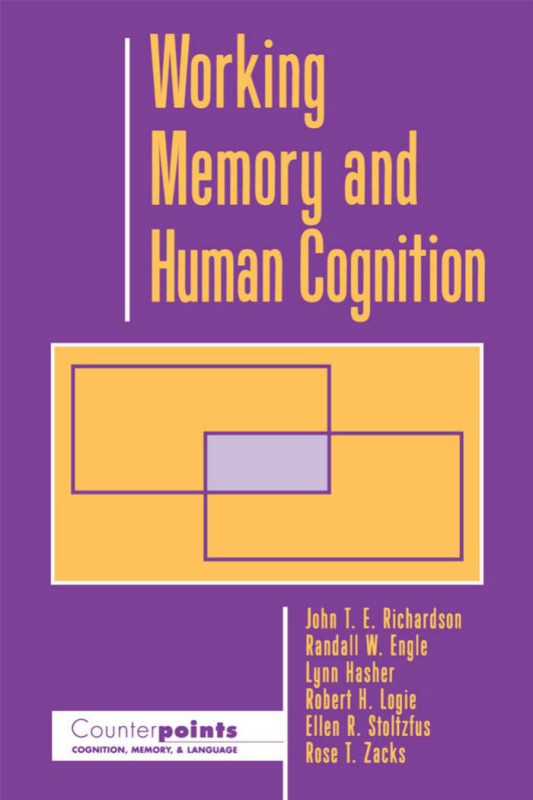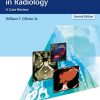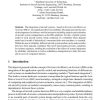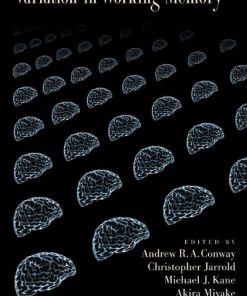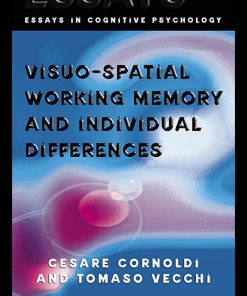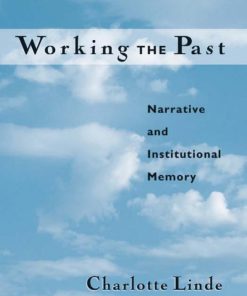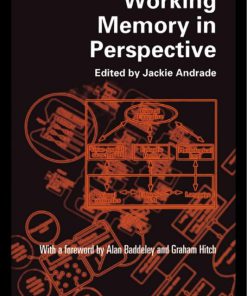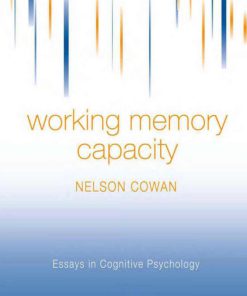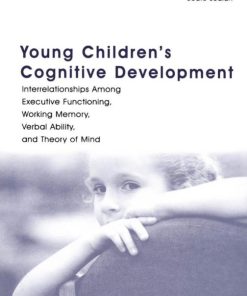(Ebook PDF) Working Memory and Human Cognition 1st edition by John Richardson, Randall Engle, Lynn Hasher, Robert Logie, Ellen Stoltzfus, Rose 0190282800 9780190282806 full chapters
$50.00 Original price was: $50.00.$25.00Current price is: $25.00.
Authors:JOHN T. E. RICHARDSON , Series:Education [238] , Author sort:RICHARDSON, JOHN T. E. , Ids:0195101006 , Languages:Languages:eng , Published:Published:May 1996 , Publisher:Oxford University Press
Working Memory & Human Cognition 1st edition by John T. E. Richardson, Randall W. Engle, Lynn Hasher, Robert H. Logie, Ellen R. Stoltzfus, Rose T. Z – Ebook PDF Instant Download/DeliveryISBN: 0190282800, 9780190282806
Full download Working Memory & Human Cognition 1st edition after payment.
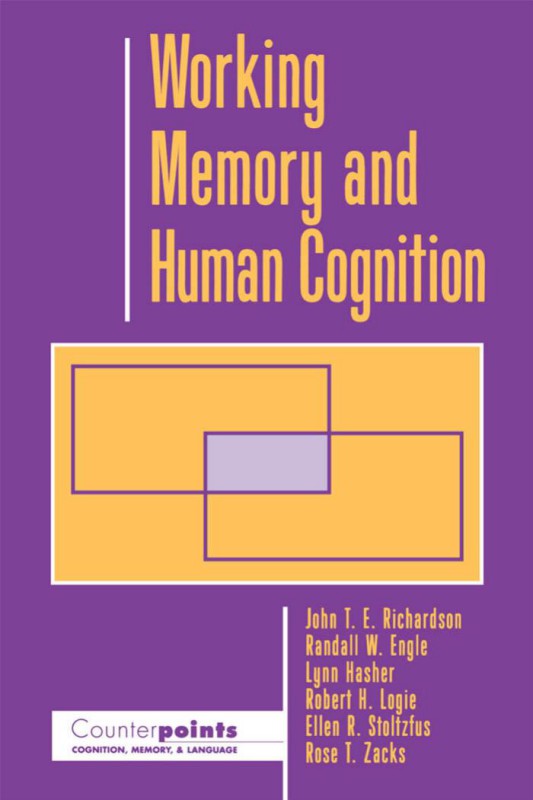
Product details:
ISBN-10 : 0190282800
ISBN-13 : 9780190282806
Author : John T. E. Richardson, Randall W. Engle, Lynn Hasher, Robert H. Logie, Ellen R. Stoltzfus, Rose T. Z
This new volume in the Counterpoints series compares and contrasts different conceptions of working memory, generally recognized as the human cognitive system responsible for temporary storage of information. The book includes proponents of several different views. Robert Logie discusses the theoretical and empirical utility of separating working memory into an articulatory loop, a phonological store, and a visuo-spatial sketchpad into visual and spatial subsystems. Patricia Carpenter provides evidence for a process view of working memory, arguing that both task-specific processing and general processing capabilities can account for the full range of working memory phenomena. She focuses on findings from reading comprehension and memory tasks suggesting that working memory is used to represent the set of skills and strategies necessary for complex tasks, while retaining residual capacity for use as a storage buffer. Lynn Hasher argues in favor of the new inhibitory model, with evidence drawn from the literature on aging and pathology that demonstrates parallels between memory disorders and normal memory functioning.
Working Memory & Human Cognition 1st Table of contents:
1: Evolving Concepts of Working Memory
Early Concepts of Working Memory
Production-System Models
Associative-Network Models
Working Memory and Reading Comprehension
A General Resource or a Domain-Specific Resource?
Reading Comprehension and Working-Memory Capacity
The Role of Inhibitory Processes
Multicomponent Models of Working Memory
Conclusion
2: The Seven Ages of Working Memory
Age I: Working Memory as Contemplation
Age II: Working Memory as Primary Memory
Age III: Working Memory as Short-Term Memory
Age IV: Working Memory as Processor
Age V: Working Memory as a Constraint on Language Comprehension
Age VI: Working Memory as Activation, Attention, and Expertise
Age VII: Working Memory as Multiple Components
Multiple Components and Dual-Task Performance
The Model of Baddclcy and Hitch
The Multiple-Component Model: Gateway or Workspace?
Working Memory as a Workspace, Not a Gateway
Conclusion
3: Working Memory and Aging: Current Status of the Inhibitory View
Working Memory and the Limited-Capacity Assumption
Individual Differences in Working-Memory Capacity
Group Differences in Working-Memory Capacity Associated with Aging
An Alternative View to Capacity
Further Considerations and Future Directions
4: Working Memory and Retrieval: An Inhibition- Resource Approach
Free Retrieval from Natural Categories
Speeded Recognition of Simple Facts
Issues in Explaining Individual Differences in Working-Memory Capacity
An Inhibition-Resource Hypothesis of Working-Memory Capacity
Conclusion
5: Evolving Issues in Working Memory
Working Memory and Long-Term Memory
The Capacity of Working Memory
Inhibitory Processes in Working Memory
The Gateway Hypothesis
A Single Component or a Complex System
Reading Span and Memory Span
A General Resource or a Domain-Specific Resource?
Verbal and Visuospatial Working Memory
The Phonological Loop
The Visuospatial Scratchpad
The Central Executive
Conclusion
People also search for Working Memory & Human Cognition 1st:
working memory and human cognition
how does human cognition work
how do working memory and long-term memory interact
what is memory cognition
working memory and hippocampus

